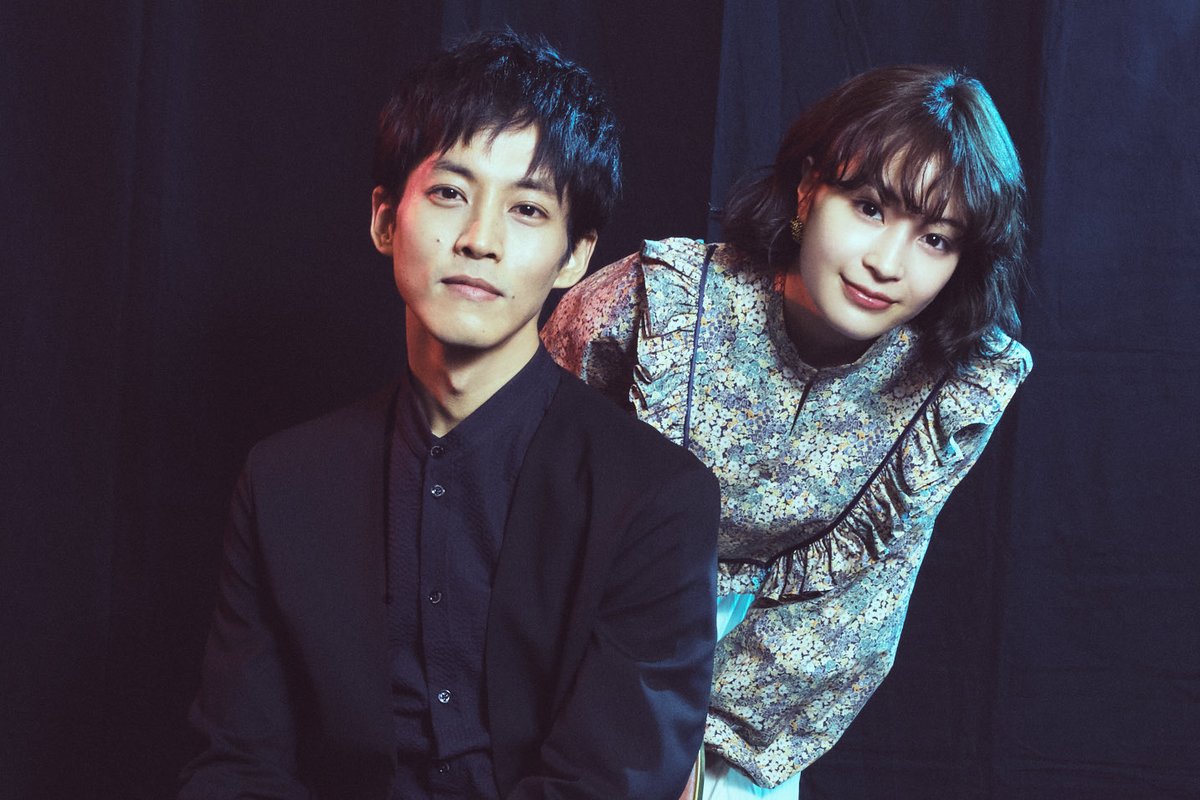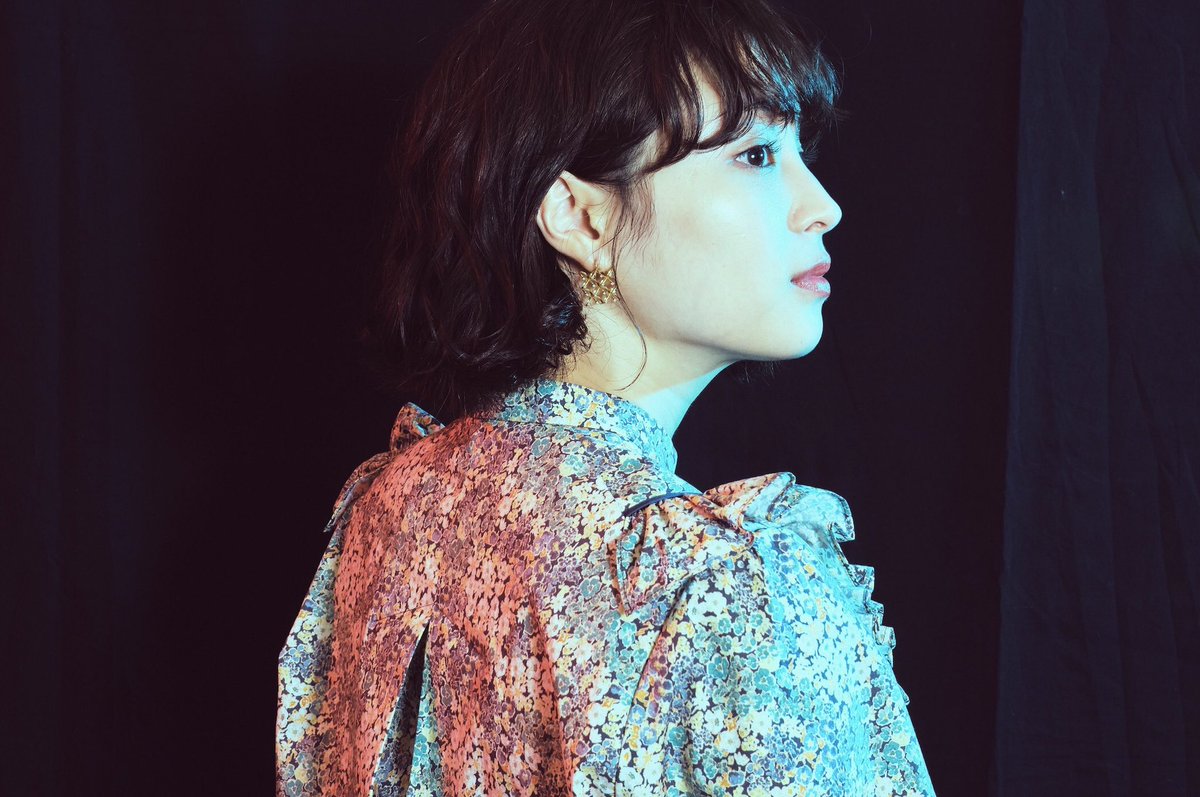
Inochi no Teishaba
Director Narushima Izuru's newspaper interview is all about Matsuzaka Tori. 😅
About this scene, and he said he cried for the first time watching his own movie.
- this scene is not in the book
Director Narushima Izuru's newspaper interview is all about Matsuzaka Tori. 😅
About this scene, and he said he cried for the first time watching his own movie.
- this scene is not in the book

- Director and film's advisory doctor just planned to bathe the little girl with seawater like the book, not swim out to the ocean.
- Producer, the late Toei president, suggested in the memory of he and his little sister. Becuz they used to swim like that when they where young.
- Producer, the late Toei president, suggested in the memory of he and his little sister. Becuz they used to swim like that when they where young.
- Tori was informed about the scene on the day of costume fitting. Director asked him if he can swim, he answered he learnt in elementary school. (lol) And that, he never swam in the ocean before.
- He also said after The Blood of Wolves (first movie), he, Dir. Shiraishi Kazuya and Tori went out for a meal and Tori was casted for this movie after. Said, he likes Tori's straightforward and unpretentious personality and think it's fitting to the role.
- Said many actors when they become famous, develop their own quirks. But he found Tori agrees to all the director's requests and fulfills them. He said there's only another one he met who is like that: Yakusho Koji. They worked tgt for Isoroku(2011).
- Dir. Narushima also said he urges Tori Matsuzaka and Suzu Hirose's offices to let them work mainly in films cuz they are very good and more fitting to film setting since films demand preparation and careful role making.
- Also said, it's his first time to work with Tori and Suzu but they performed much better than he expected.
Production related questions
Narushima: This work has a structure similar to an omnibus it's about several patients. I didn't want it to be what the industry calls a "dumpling skewer" (a bad example of stringing multiple episodes together for no reason).
Narushima: This work has a structure similar to an omnibus it's about several patients. I didn't want it to be what the industry calls a "dumpling skewer" (a bad example of stringing multiple episodes together for no reason).
Narushima: The most important thing for me was to find a way to create a film with a good balance. The structure is not just one episode and then the next one, but each episode is intertwined with each other. I hope that this would give the film more power.
Q: The colors "blue" and "red" are used throughout. I thought that blue was death and red was life.
Narushima: One of the themes of this project was how to bring out such "death and life". I consulted with the cinematographer, Daisuke Soma.

Narushima: One of the themes of this project was how to bring out such "death and life". I consulted with the cinematographer, Daisuke Soma.


Narushima: Japanese films lack color, don't they? They tend to be gray, and since this is a story about white coat professionals, we added as much color as possible.
Narushima: The ceiling in the bar station scene wouldn't normally be that bright red (lol). In reality, I don't think people would feel at ease there, but this time we dared to use red and blue in various places. I want European film-like color tone. 

Q: I wanted to ask you about was the art direction. The house being turned into a garbage dump due to the elderly care was amazing.
A: The art department did all the simulations and created the trash everywhere and even the parts not shown on the screen were set in detail.
A: The art department did all the simulations and created the trash everywhere and even the parts not shown on the screen were set in detail.

• • •
Missing some Tweet in this thread? You can try to
force a refresh

















